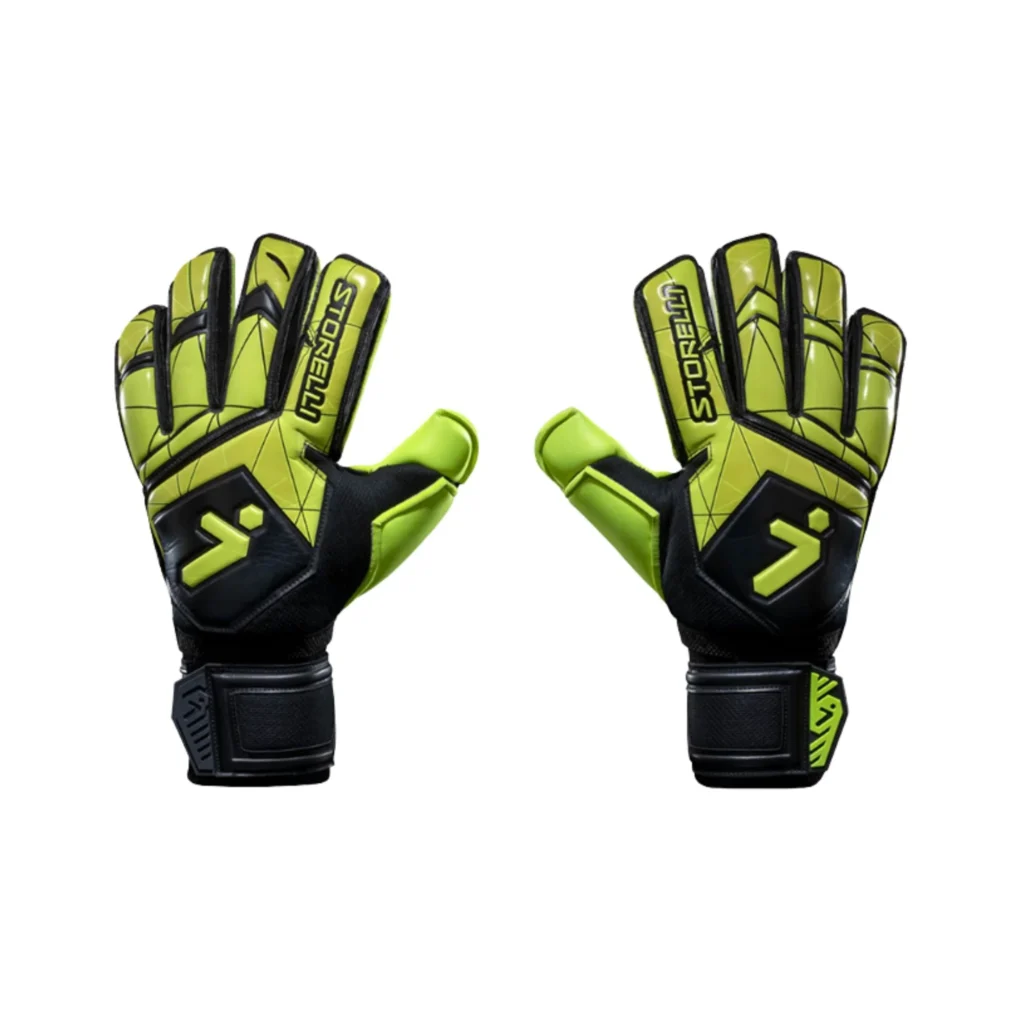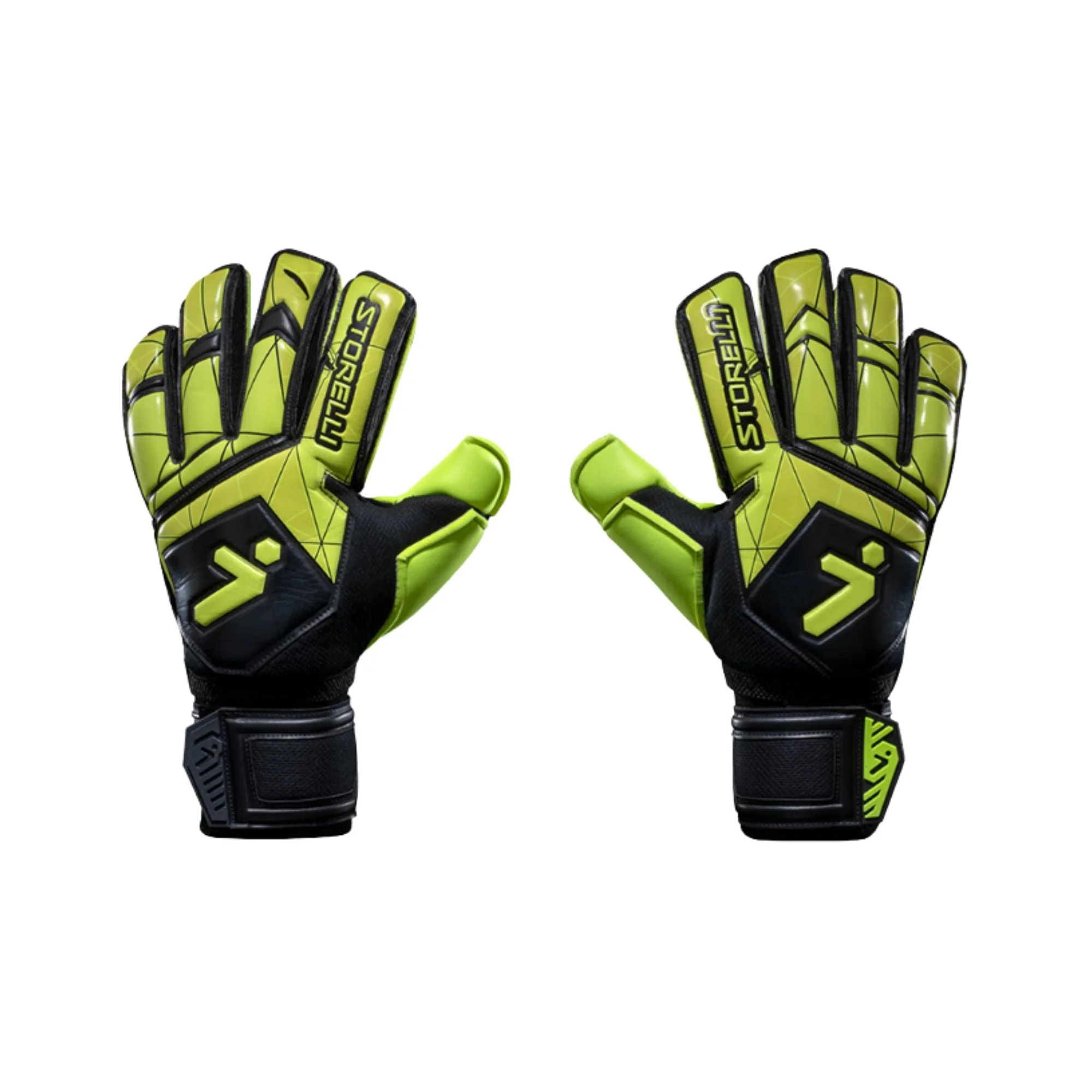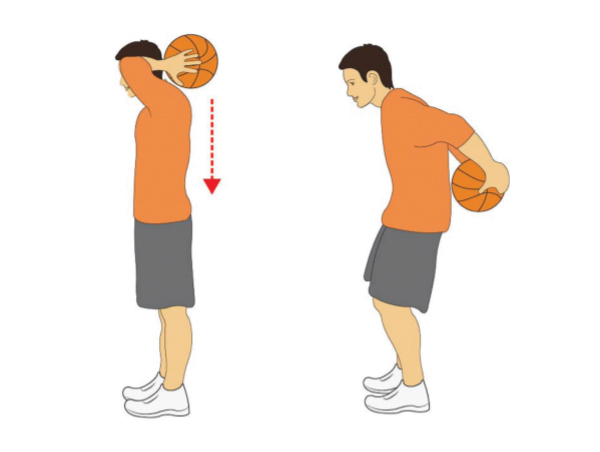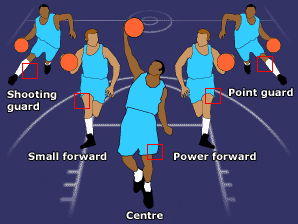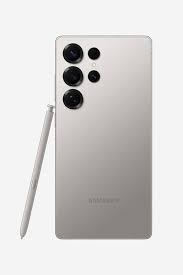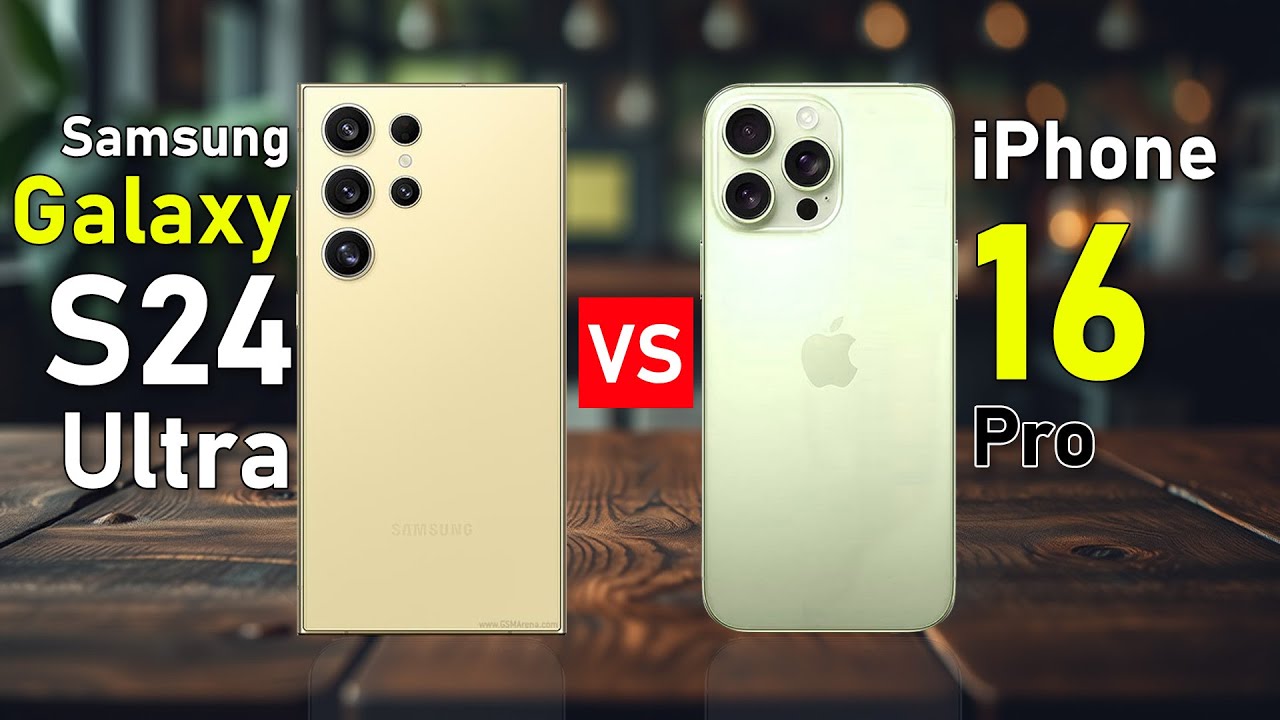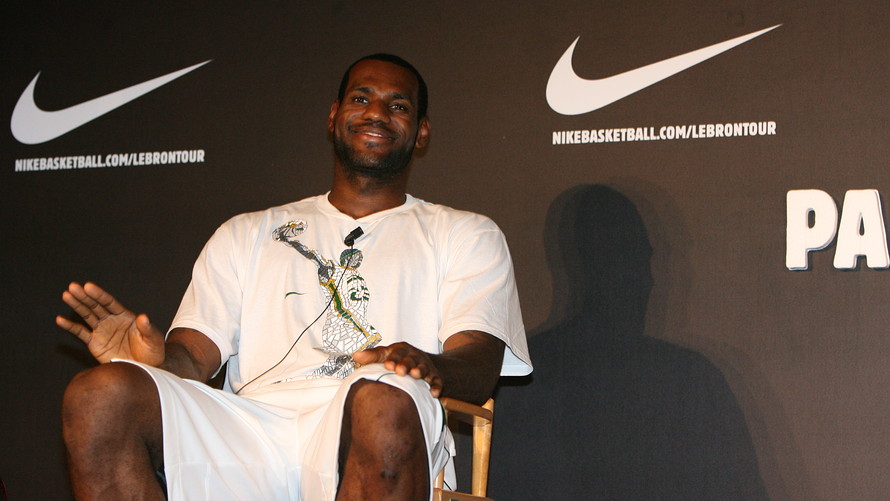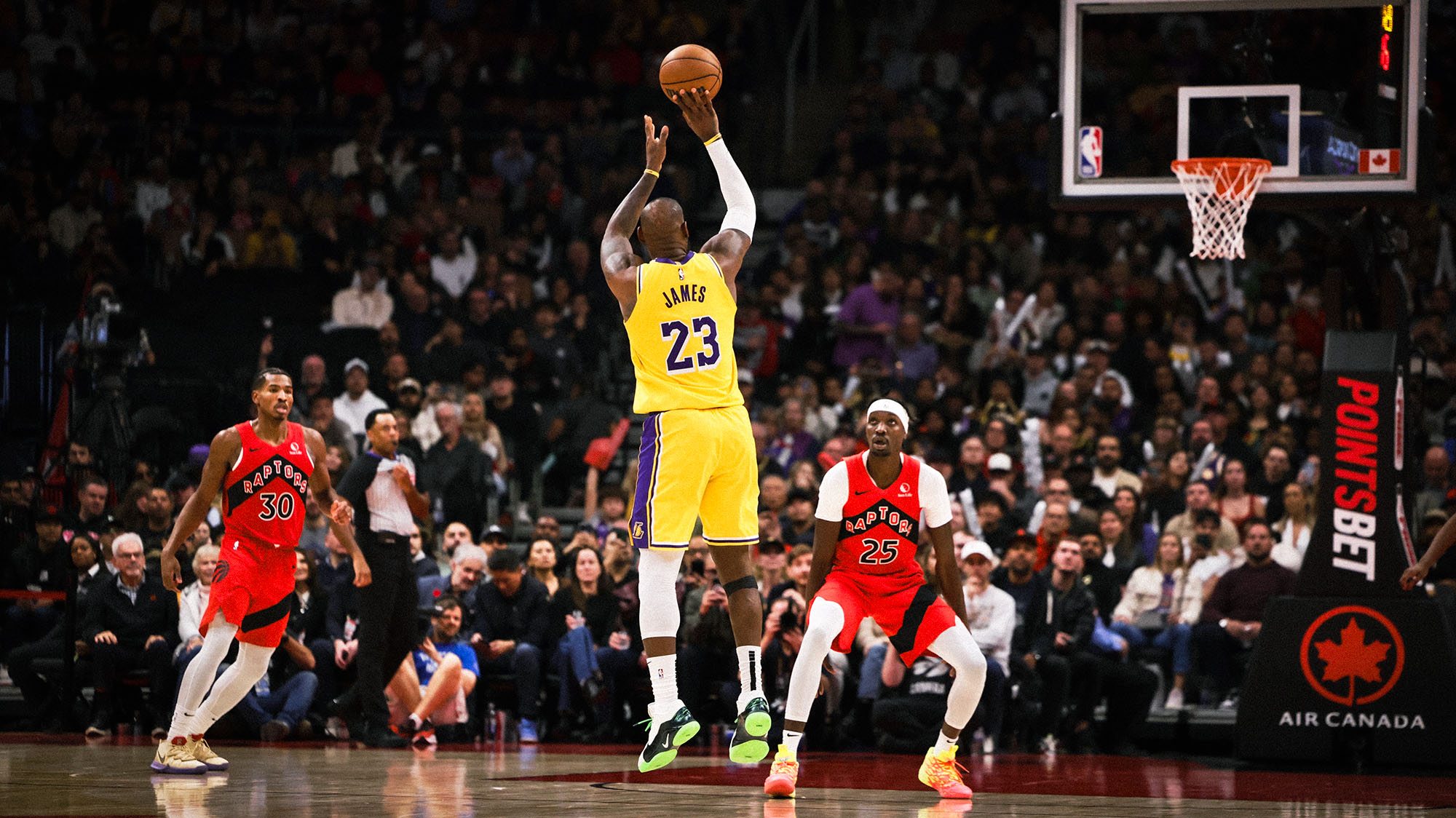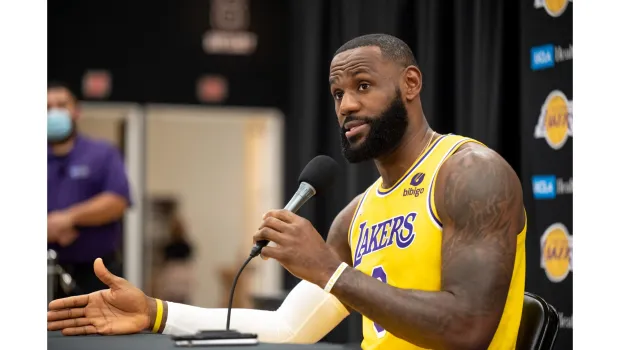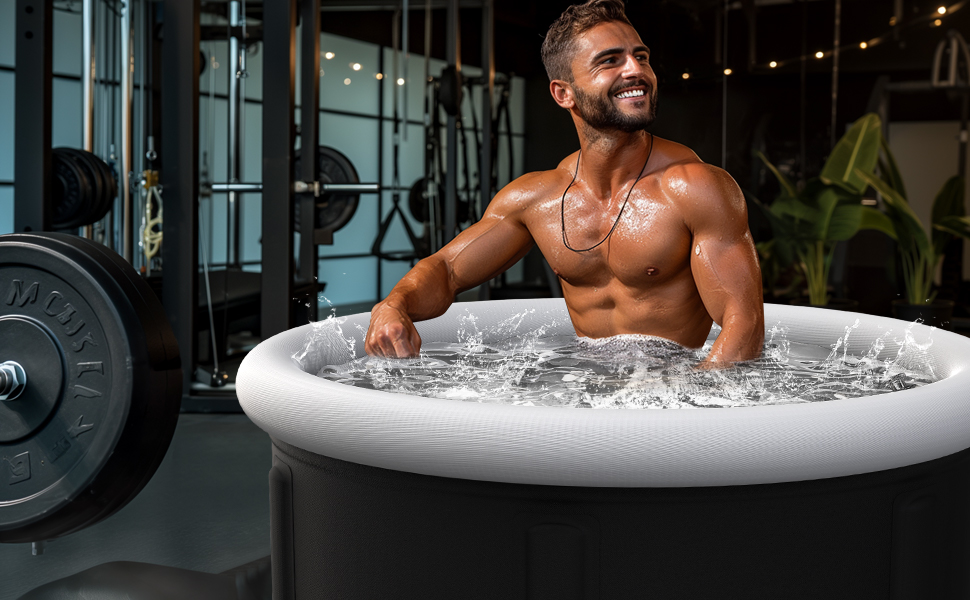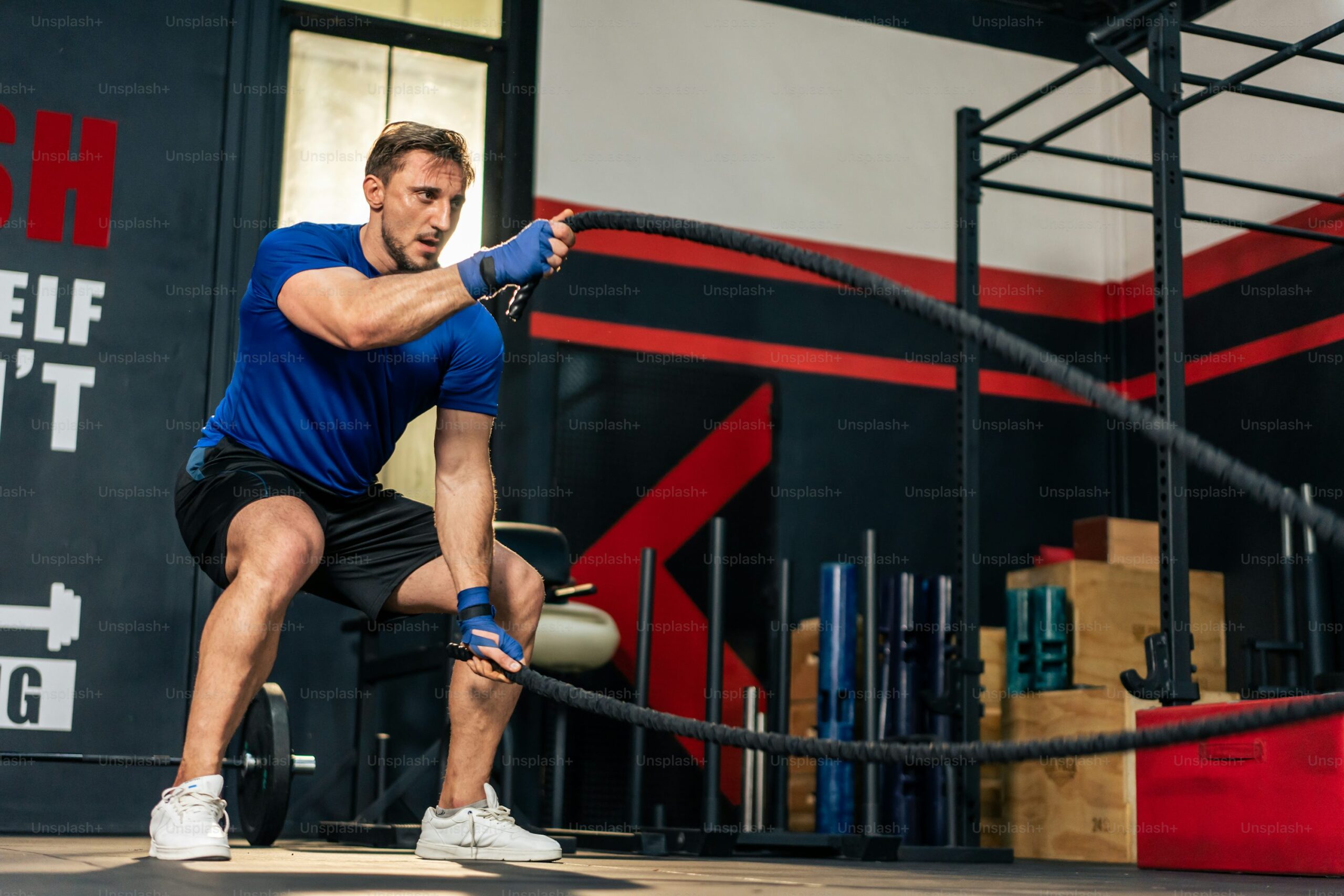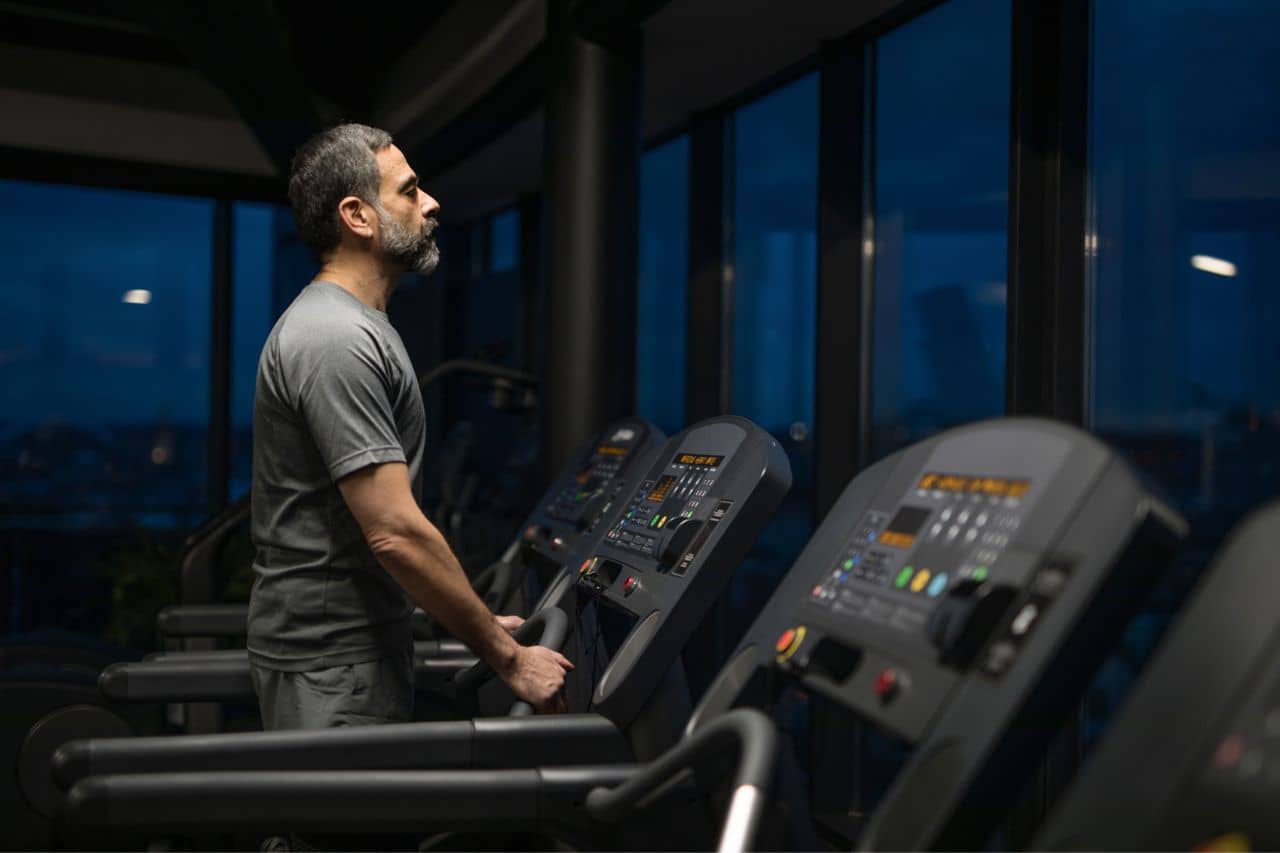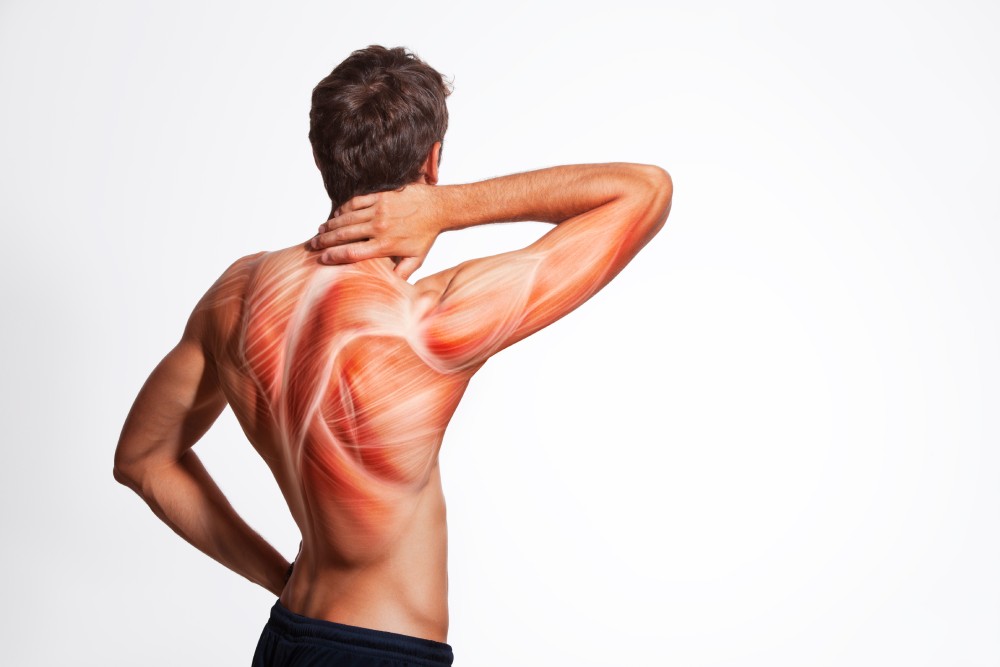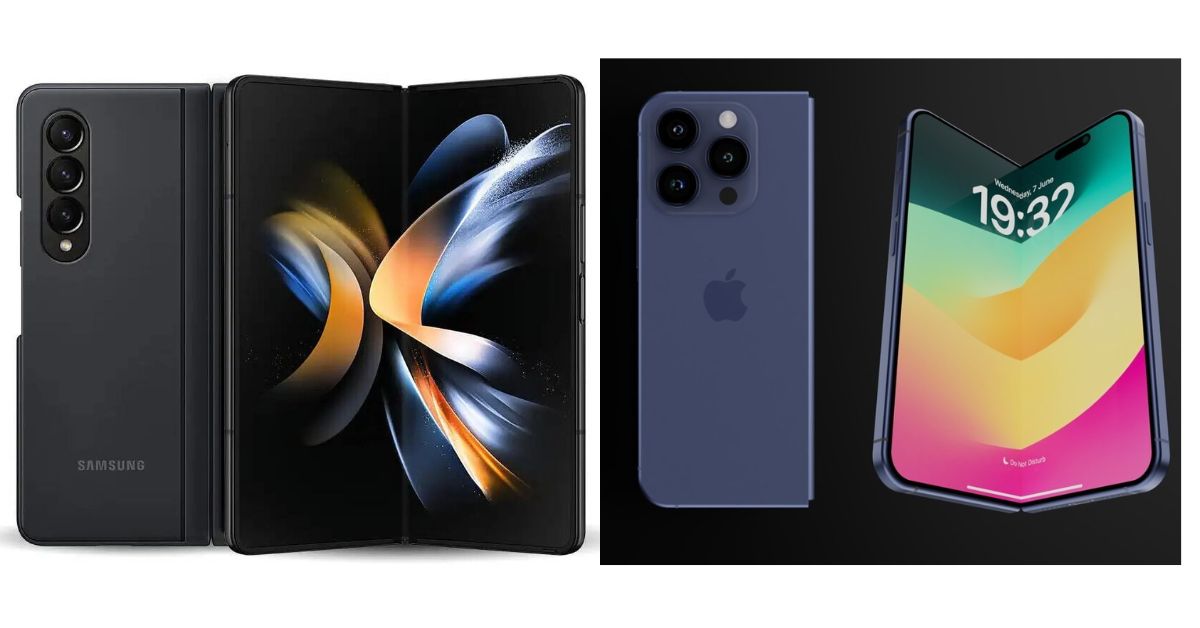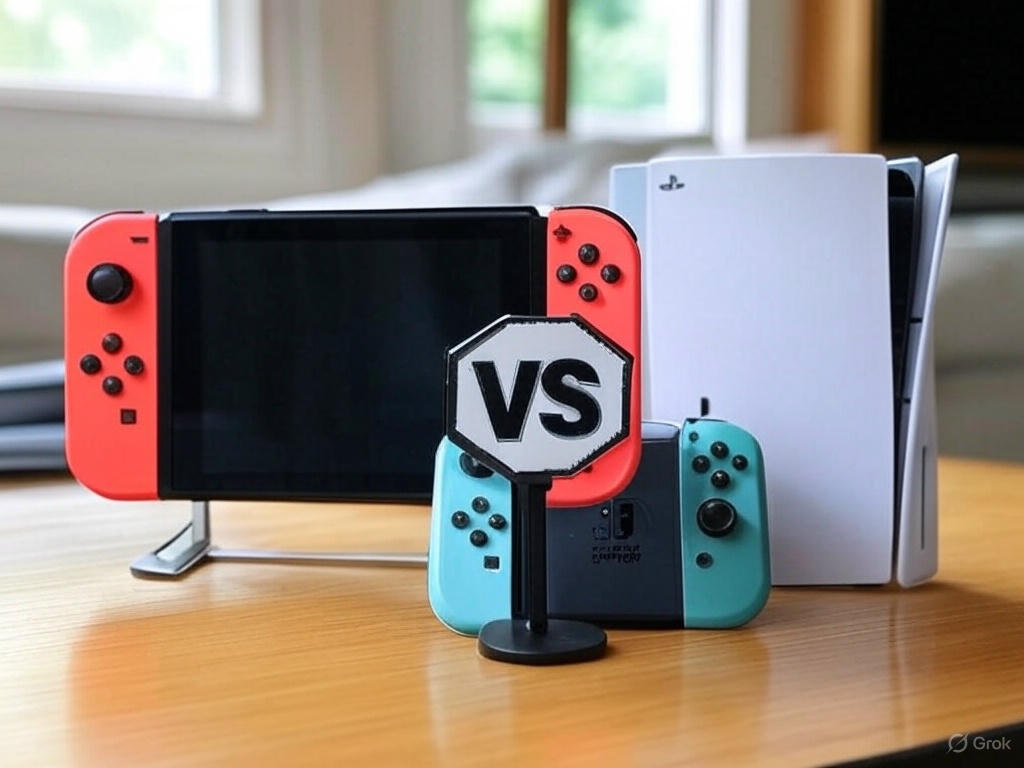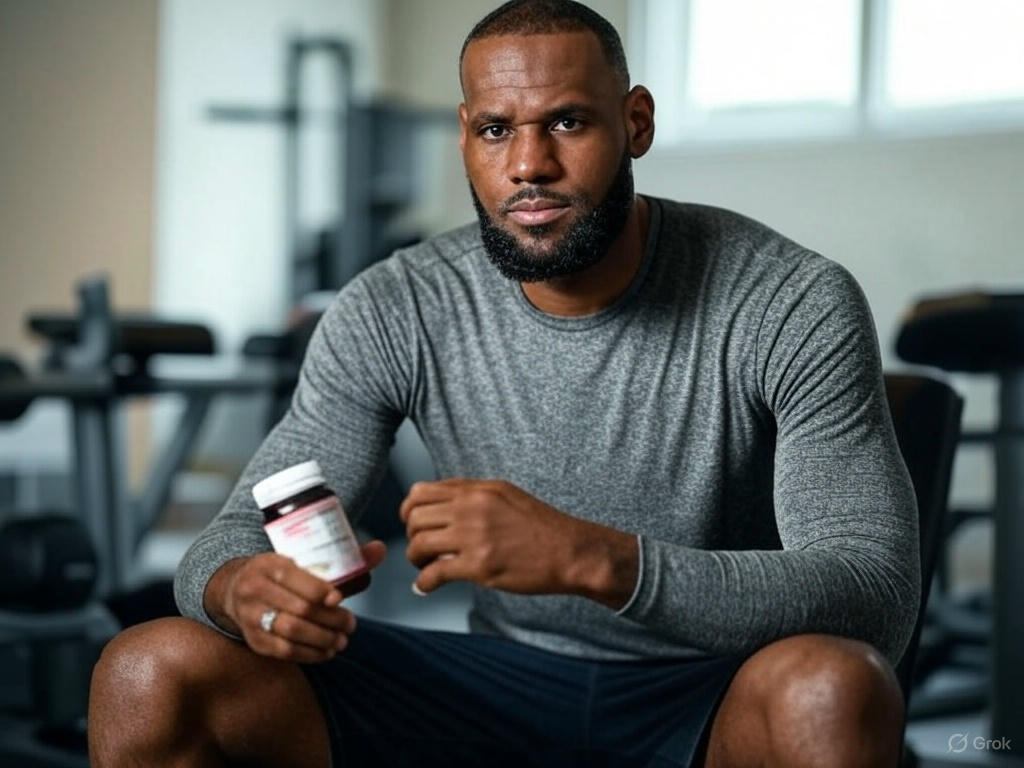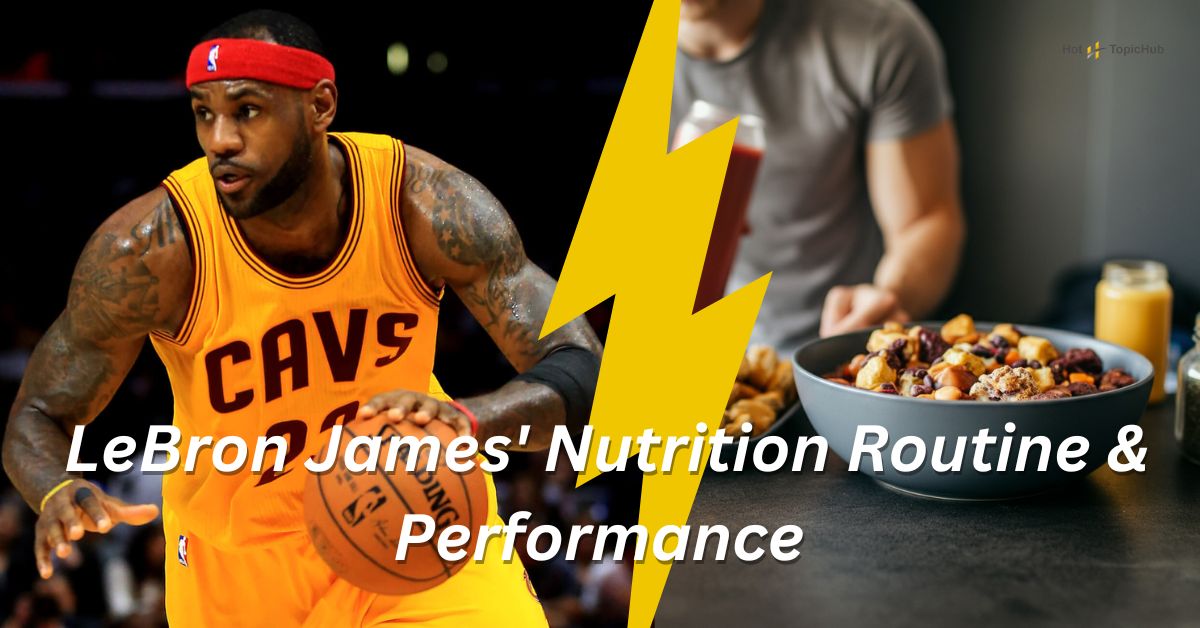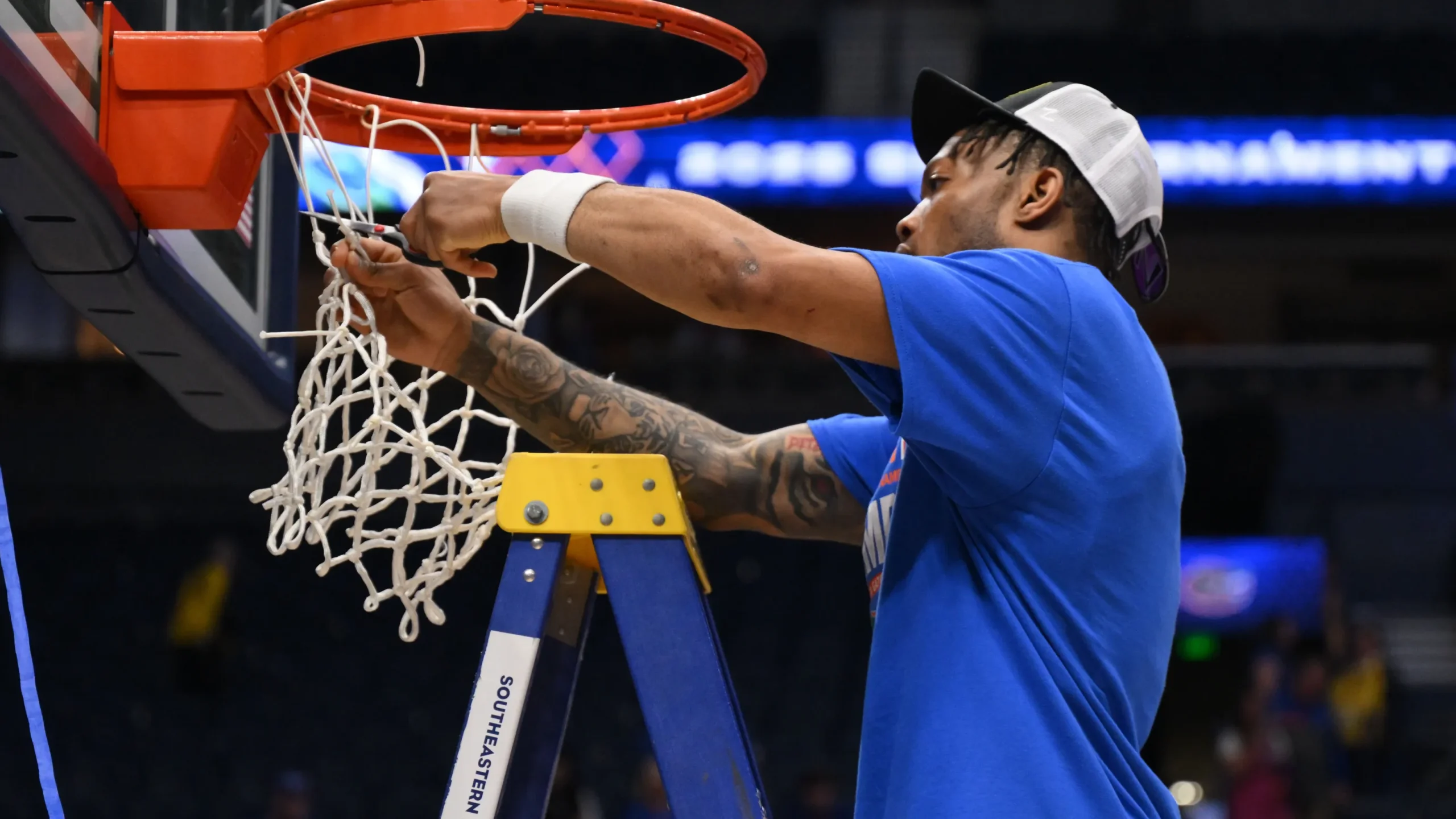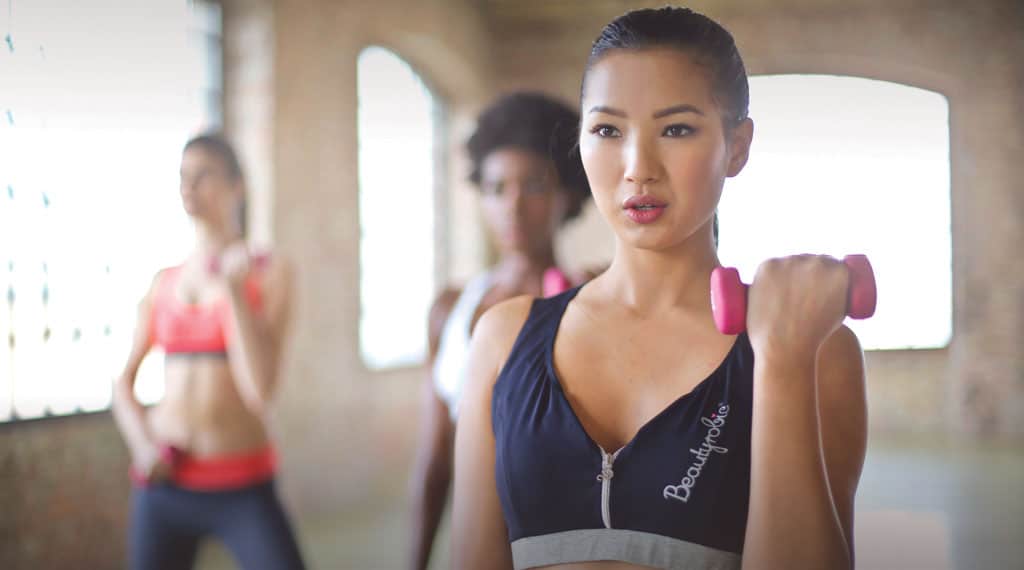Football is a game of precision, power, and skill, where even the smallest edge can make a significant difference. One piece of gear that often gets overlooked is football gloves. Whether you’re a beginner looking for your first pair or an experienced player seeking an upgrade, the right football gloves can improve your grip, enhance your performance, and even protect your hands from injuries.
This guide will walk you through everything you need to know about choosing the best football gloves for your needs. From understanding key features to knowing the different types of gloves, we’ll help you make an informed decision on how to pick football gloves for beginners.
Types of Football Gloves
Different positions on the field call for different glove types:
- Receiver Gloves: Designed for skill positions like wide receivers and defensive backs. They are lightweight with excellent grip for catching. These are also the best football gloves for wide receivers.
- Padded Receiver Gloves: These gloves offer additional padding for positions like tight ends. They provide a balance of grip and protection.
- Lineman Gloves: Built for players in the trenches, lineman gloves are heavily padded to protect against high-impact plays.
- All-Purpose Gloves: Versatile options suitable for multiple positions but may lack specialized features.
Pro tip: Football gloves for linemen vs skill positions differ greatly, so choose based on your role on the field. Understanding the difference between receiver and lineman football gloves is crucial for optimal play.
Key Factors to Consider When Choosing the Right Football Gloves
Grip and Tackiness
When catching or holding the ball, grip is everything. Look for gloves with palm material that offers high tackiness, such as latex or silicone. Some gloves are specifically designed to maintain their grip even in wet conditions, making them ideal as football gloves with best grip for wet conditions.
Pro tip: Brands like Cutters and Grip Boost feature stickier materials that last long, even in adverse conditions.
Padding and Protection
If you’re a lineman or play in a position where hand contact is frequent, prioritize gloves with added padding. Padding protects your fingers and knuckles from injury during blocking or impact. This highlights how football gloves can prevent hand injuries.
Fit and Comfort
Ill-fitting gloves are not only uncomfortable but can also affect your game. Make sure the gloves fit snugly but still allow for hand flexibility. Features like adjustable wrist straps and compression material enhance comfort and ensure a secure fit. Look for the best football gloves for grip and comfort.
Quick check: When you flex your hand, there should be minimal resistance, and no loose fabric should bunch up.
Durability and Material
Football is a tough sport, so you’ll want gloves that can endure multiple practices and games.
- Leather offers better durability and grip but can be less breathable.
- Synthetic materials are often lighter and more flexible but may not last as long.
Compare football gloves material comparison (leather vs synthetic) to see which is best for your position and needs.
Breathability and Ventilation
For intense games, ventilation is key to keeping your hands cool and dry. Gloves with breathable mesh or perforations allow airflow, preventing sweat buildup that could cause slipping.
Additional Features to Look For
These are important features to look for in football gloves:
Weather Conditions
Are you playing in cold, rainy, or humid weather? Gloves designed for specific conditions like choosing football gloves for cold weather come with extra insulation or water-resistant materials.
Style and Design
While functionality is crucial, don’t overlook the aesthetic. Choose gloves that complement your team colors or represent your style. Feeling good in your gear can boost your confidence.
Brand Reputation
Reputable brands like Nike, Under Armour, Adidas, and Cutters are favored by professional players and coaches for a reason. They consistently produce gloves that combine style, comfort, and performance. When selecting your gear, you can often find affordable football gloves with great durability from these trusted brands during sales or with specific models designed for value.
Sizing Guide
One of the most common questions is what size football gloves should I buy? Follow these steps to measure your hand size accurately for the perfect fit:
- Measure Your Hand Length: Use a tape measure to find the distance from the base of your palm to the tip of your middle finger.
- Measure Your Hand Width: Wrap the tape measure around the widest part of your palm (excluding the thumb). This is essential for how to measure your hand for football gloves.
- Match Measurements to Size Charts: Each brand provides a sizing chart; compare your numbers to find your size.
Pro tip: Gloves come in youth and adult sizes, so double-check the label when purchasing. Consider football gloves for youth players: what to consider for proper fit and protection.
Maintenance Tips
To extend the life of your gloves, proper care is essential:
- Cleaning:
- Hand wash with mild soap and warm water.
- Avoid harsh detergents or bleach.
- Drying:
- Air-dry gloves in a shaded area.
- Do not use dryers, which can damage the material.
- Storage:
- Always store your gloves in a clean, dry place.
- Avoid folding gloves to maintain their shape.
Make the Right Choice
Choosing the right football gloves can elevate your performance and protect your hands. Remember to consider factors like grip, fit, material, and your specific playing needs. Take accurate measurements of your hand, explore trusted brands, and invest in a high-quality pair that suits your style and position. These are crucial football gloves buying tips for improved performance.

Dominic O. McCoy is a passionate writer who loves crafting engaging and informative blogs on a wide range of topics. With a deep curiosity and a knack for storytelling, he explores everything from lifestyle and technology to business and home improvement. Whether breaking down complex ideas or sharing practical tips, McCoy aims to deliver valuable content that resonates with readers. When he’s not writing, he enjoys learning about new trends and expanding his knowledge to bring fresh perspectives to his work.

